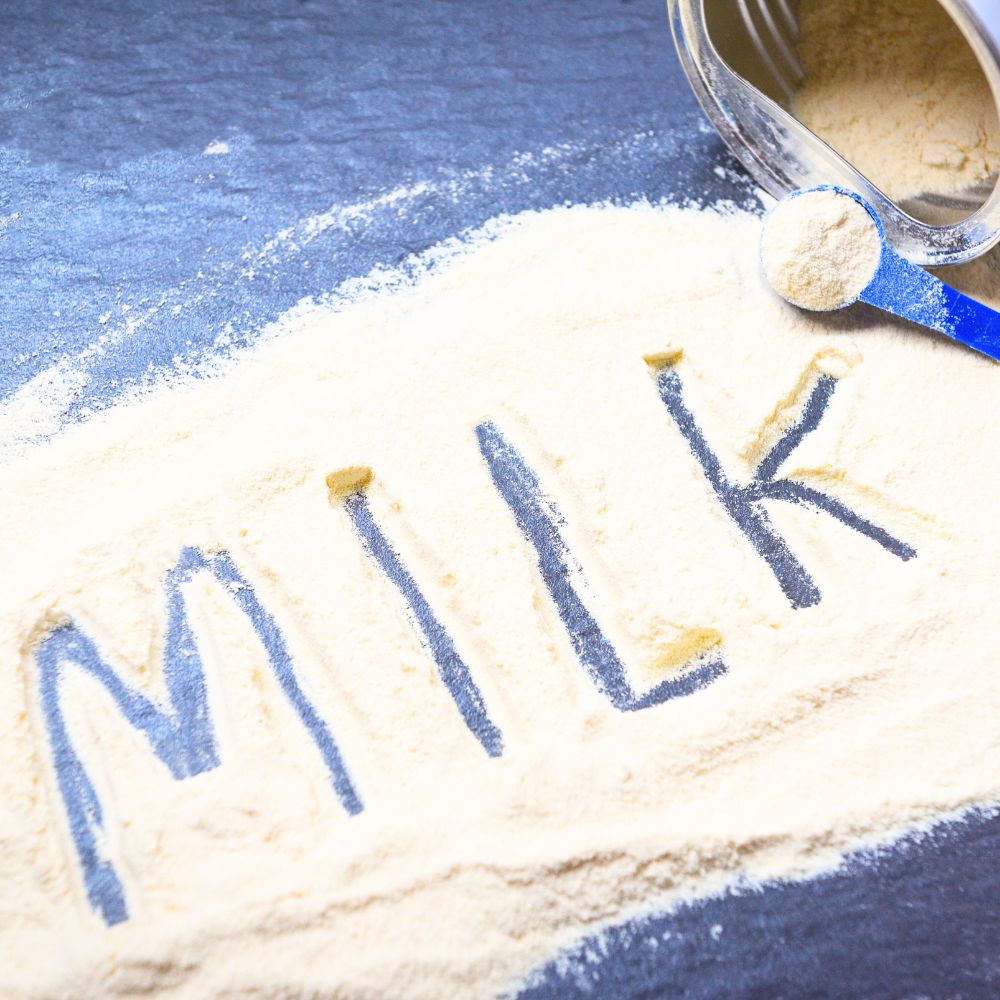Learning how to make your own protein powder at home can be a rewarding and personalized way to boost your nutritional intake. By customizing the ingredients, you can cater to your dietary preferences, avoid unwanted additives, and often save money. Here’s a comprehensive guide to help you get started, along with the pros and cons.
Step-by-Step Guide: How to Make Your Own Protein Powder at Home
1. Choose Your Base Protein Source
- Options:
- Powdered Whole Foods: These include legumes (like lentils and chickpeas), nuts (like almonds), or seeds (like pumpkin and sunflower).
- Protein-Rich Grains: Quinoa and oats can also serve as excellent bases.
- Animal Sources: If you consume animal products, consider using powdered egg whites or dried milk.
- Example Recipe: For a legume-based powder, use dried lentils.
2. Add Flavor and Nutrients
- Flavor Options:
- Natural sweeteners: Stevia, honey powder, or coconut sugar.
- Flavor enhancers: Cocoa powder, cinnamon, vanilla extract powder, or freeze-dried fruit powder.
- Nutrient Boosters:
- Add superfoods like spirulina, maca powder, or flaxseed meal for additional health benefits.
3. Blend and Powder
- Equipment Needed: A high-speed blender or food processor.
- Instructions: Start by blending your base protein source until it reaches a fine powder consistency. Add your flavoring and nutrient boosters, then blend again until well combined.
4. Store Properly
- Storage: Store your homemade protein powder in an airtight container in a cool, dry place. For longer shelf life, consider refrigerating it.
- Labeling: Be sure to label your container with the date and contents.
Pros of Creating Your Own Protein Powder
- Customization: Tailor the ingredients to suit your dietary needs and preferences. You can create vegan, dairy-free, or gluten-free options.
- Quality Control: You know exactly what goes into your protein powder, allowing you to avoid additives, preservatives, and artificial flavors.
- Cost-Effective: Making your own protein powder can often be more affordable than buying commercial brands, especially if you buy ingredients in bulk.
- Nutritional Benefits: You can select nutrient-dense ingredients that provide not only protein but also vitamins, minerals, and healthy fats.
- Freshness: Homemade protein powder can be fresher than store-bought options, especially if you use high-quality, organic ingredients.
Cons of Creating Your Own Protein Powder
- Time-Consuming: The process of making and blending your protein powder can take more time than simply purchasing a ready-made product.
- Texture and Taste: Homemade protein powder may not have the same texture or taste as commercial products, which are often engineered for smoothness and flavor.
- Shelf Life: Without preservatives, homemade protein powder may have a shorter shelf life than commercial varieties.
- Nutritional Balance: Achieving a complete amino acid profile can be challenging, especially if using a single plant-based protein source. You may need to combine different sources to ensure balanced nutrition.
- Initial Investment: While it can be cost-effective in the long run, buying high-quality ingredients upfront may require a larger initial investment.
Quick Comparison: Pros and Cons of Making Your Own Protein Powder
| Pros | Cons |
|---|---|
| Full ingredient customization | Time-consuming preparation |
| No additives or preservatives | May lack commercial texture or flavor |
| Potential cost savings | Shorter shelf life without preservatives |
| Nutrient-rich and clean ingredients | Balancing amino acids can be tricky |
| Control over dietary restrictions | Initial cost of ingredients and equipment |
Conclusion
Now that you know how to make your own protein powder at home, you have the tools to create a blend tailored to your taste and nutritional needs. While there are a few challenges, the benefits of personalization, quality, and potential cost savings make it a worthwhile option. Happy blending!
Frequently Asked Questions (FAQ)
Yes, but a high-speed blender or food processor is recommended for the smoothest, most consistent texture. A coffee grinder can work for small batches.
When stored in an airtight container in a cool, dry place, it typically lasts 2–4 weeks. Refrigeration can extend freshness to 1–2 months.
Lentils, chickpeas, quinoa, pumpkin seeds, and hemp seeds are excellent choices. Combining them helps create a complete amino acid profile.
Absolutely! Natural options include cocoa powder, vanilla extract powder, cinnamon, or freeze-dried fruit powder. Sweeten with stevia or coconut sugar.
It can be, depending on your ingredients. With the right mix of protein sources and nutrients, homemade blends can match or exceed store-bought options.

